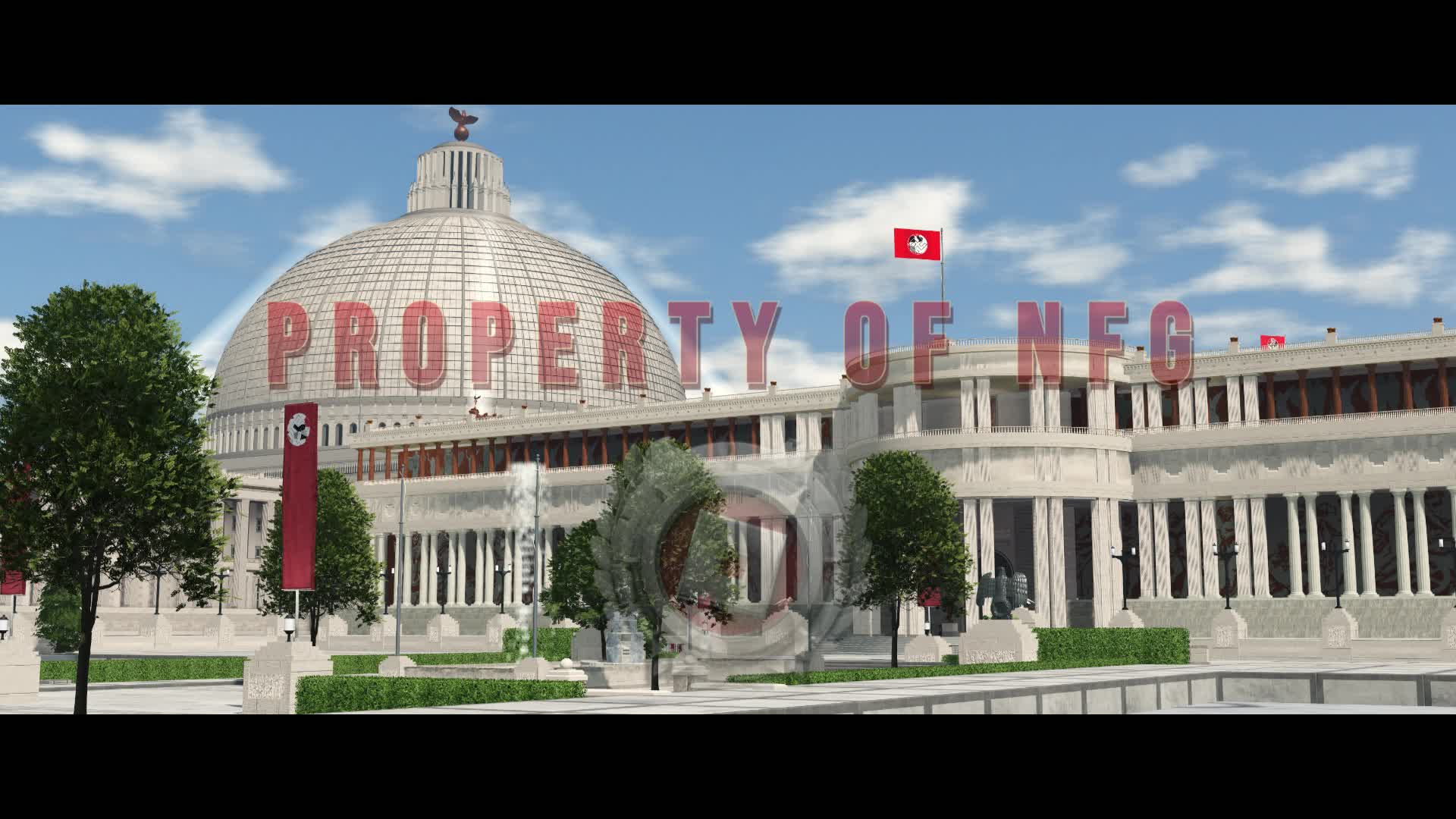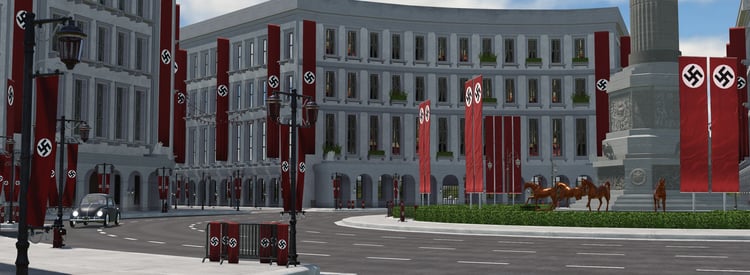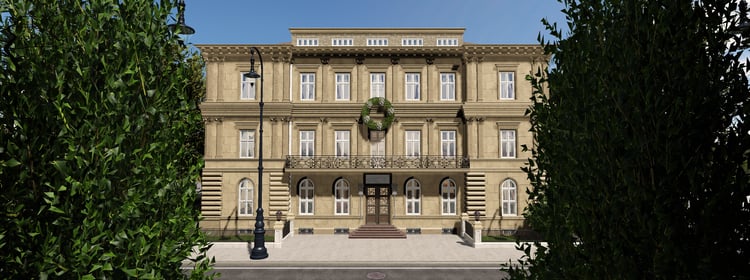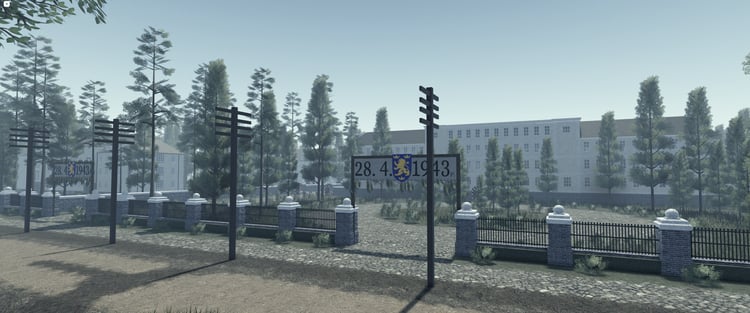Warsaw Ghetto
The Warsaw Ghetto:
Development of the Warsaw Ghetto
In 1940, Nazi Germany built the Warsaw Ghetto, the largest Jewish ghetto of World War II. In downtown Warsaw, Poland, the ghetto was fenced with 10-foot-tall walls topped by barbed wire, encasing over 400,000 Jews in only 1.3 square miles. The Nazis wanted to quarantine the Jews, housing them in crowded, unsanitary, and inhumane living conditions.
Horrific Living Conditions and Daily Struggle
Conditions within the Warsaw Ghetto were harsh, poor, and starving. Nazi policy permitted just 180 calories per person per day, leading to widespread starvation and death. Families were crowded into small, dirty apartments with 7-10 people per room. Typhus and other diseases spread rapidly due to inadequate sanitation and a lack of medical equipment.
In spite of these cruel conditions, there were many Jews who resisted through smuggling food, cultural activities, and clandestine schools. Underground relief organizations operated, but survival was a constant struggle.
Mass Deportations and the Path to Extermination
In July 1942, the Nazis initiated the Great Deportation, deporting over 265,000 Jews to the Treblinka extermination camp, where they were executed in gas chambers. 35,000 more Jews were murdered on the ghetto streets. The population of the ghetto fell to 55,000–60,000 by September 1942.
The rest of the population were predominantly forced laborers who worked in factories on behalf of the Nazi war effort. When it became clear to them that the Nazis intended to murder them all, an armed resistance movement was formed.
The Warsaw Ghetto Uprising (April – May 1943)
On April 19, 1943, the Nazis initiated the final liquidation of the ghetto. In response, Jewish resistance movements—the Jewish Combat Organization (ŻOB) and the Jewish Military Union (ŻZW)—launched an armed uprising.
Even though they were hugely outnumbered and outgunned, the resistance fighters employed pistols, homemade grenades, and Molotov cocktails to engage the well-armed German soldiers. They battled intensively for close to a month, and it compelled the Nazis to burn down entire buildings to flush out remnants.
On May 16, 1943, the Great Synagogue of Warsaw was destroyed by the Germans, and that was their victory. The uprising was crushed, and nearly all the remaining ghetto dwellers were killed or sent to death camps.
Destruction and Aftermath
After the uprising, the Warsaw Ghetto was completely destroyed, with most buildings having been leveled to rubble. More than 300,000 Jews of Warsaw were dead by the end of the war. Liquidation of the ghetto was part of the Nazi general plan for the extermination of European Jewry, known as the Final Solution.
The Warsaw Ghetto Uprising became a symbol of Jewish resistance, which resulted in revolts in other ghettos and concentration camps.





























